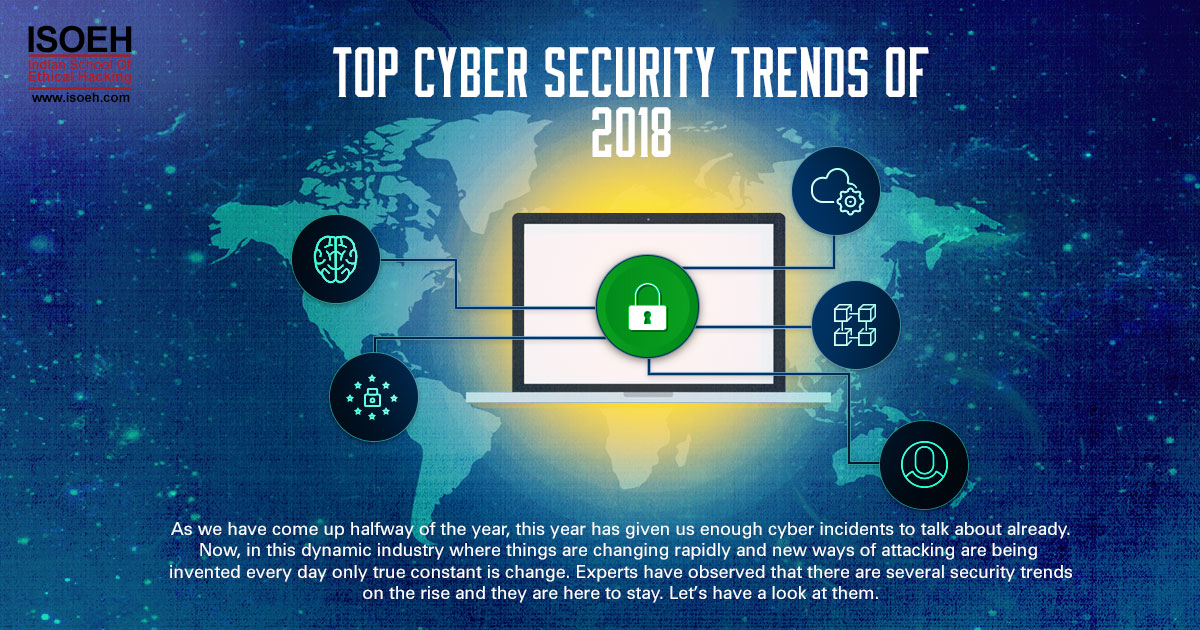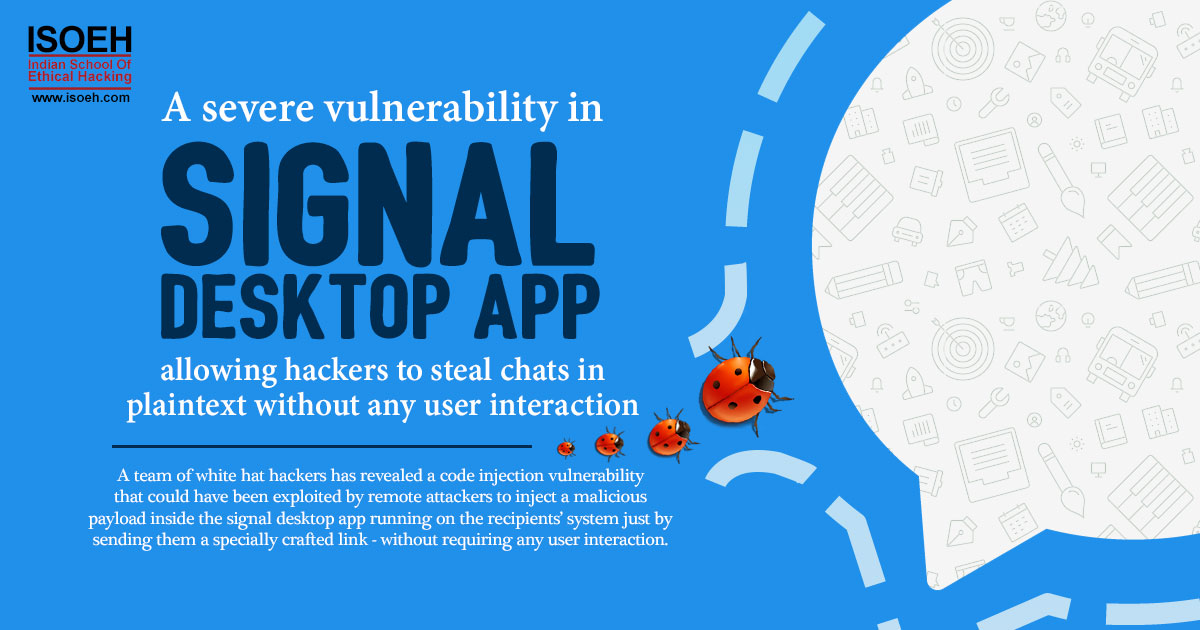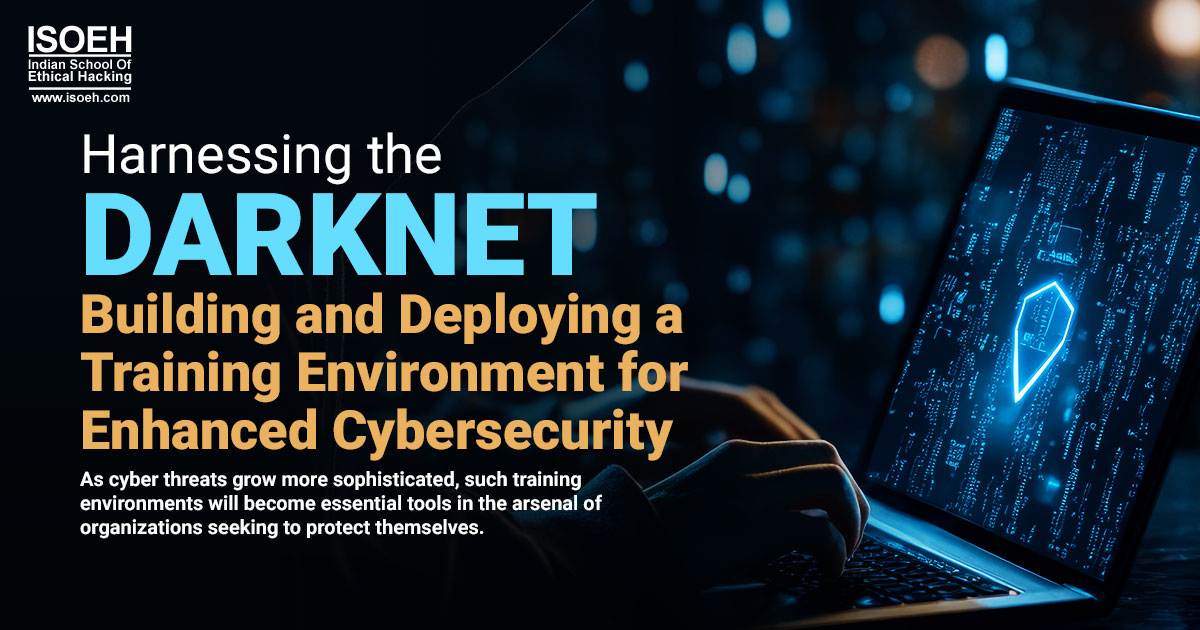
Introduction: Why Build a Darknet for Security Training?
In the ever-evolving realm of cybersecurity, staying ahead of threats requires innovative training solutions that simulate real-world scenarios. A darknet, often associated with anonymous and covert digital activities, serves as an excellent model for creating robust cybersecurity training environments. By understanding and deploying a controlled darknet, security professionals can safely explore and counter complex cyber threats without the risk of real-world damage.
The Concept of a Darknet
A darknet is a private network where connections are made only between trusted peers — often using non-standard protocols and ports. In the context of cybersecurity training, a darknet provides a secure environment to study malware, analyze attacks, and practice response strategies without exposing real networks to risk.
Key Components of a Darknet Training Environment
Infrastructure: The foundation of a training darknet is its infrastructure. This includes virtual private servers, isolated networks, and secure communication channels that mimic the operational characteristics of real darknets without any illegal activities.
Simulation Tools: Tools such as Kali Linux, Metasploit, and Wireshark are crucial for simulating attacks and analyzing network traffic within the darknet.
Control and Monitoring: Effective monitoring tools to track user activity and ensure that the training remains within legal and ethical boundaries are essential.
Anonymity and Security: Techniques like TOR (The Onion Router) and VPNs (Virtual Private Networks) are employed to maintain anonymity and security within the training environment.
Building the Darknet: A Step-by-Step Guide
Planning and Design: Begin by defining the objectives of the darknet training environment. Consider the types of attacks to simulate, the tools needed, and the level of realism required.
Setting Up the Infrastructure: Deploy virtual machines and separate them using virtual LANs. Each segment of the network should mimic different parts of an internet architecture, including end-user environments, corporate networks, and internet backbones.
Security Measures: Implement robust firewall rules and intrusion detection systems (IDS) to monitor and control the traffic within the darknet.
Deploying Simulation Tools: Install and configure the necessary tools for both offensive and defensive cybersecurity practices.
Regular Updates and Patches: Keep the system and its tools updated to simulate the most recent threats and vulnerabilities accurately.
Implementing Training Scenarios
Training scenarios are critical for maximizing the educational value of a darknet. These can range from basic network scanning exercises to advanced penetration testing and threat hunting simulations. Each scenario should be carefully documented, with clear objectives, expected outcomes, and reflection points.
Legal and Ethical Considerations
While setting up a darknet, it is crucial to adhere to legal and ethical guidelines. This includes ensuring that all activities are confined to the simulated environment and that there is no unauthorized access to real networks or data. Clear policies and user agreements should be established to govern the use of the darknet training environment.
Monitoring and Evaluation
Continuous monitoring is necessary to ensure that the training environment remains secure and effective. This involves regular security audits, performance reviews, and updates to the training content based on emerging threats. Feedback from trainees should be incorporated to refine the scenarios and improve the learning experience.
Conclusion: The Future of Cybersecurity Training
Building and deploying a darknet for security training offers a proactive approach to understanding and mitigating cyber threats. By providing a realistic and controlled setting, educators and trainers can enhance the practical skills of cybersecurity professionals. As cyber threats grow more sophisticated, such training environments will become essential tools in the arsenal of organizations seeking to protect themselves. Subscribe to our website for more in-depth insights and stay ahead in the cybersecurity landscape.
Hacking Tools
Explore All Hacking Tools »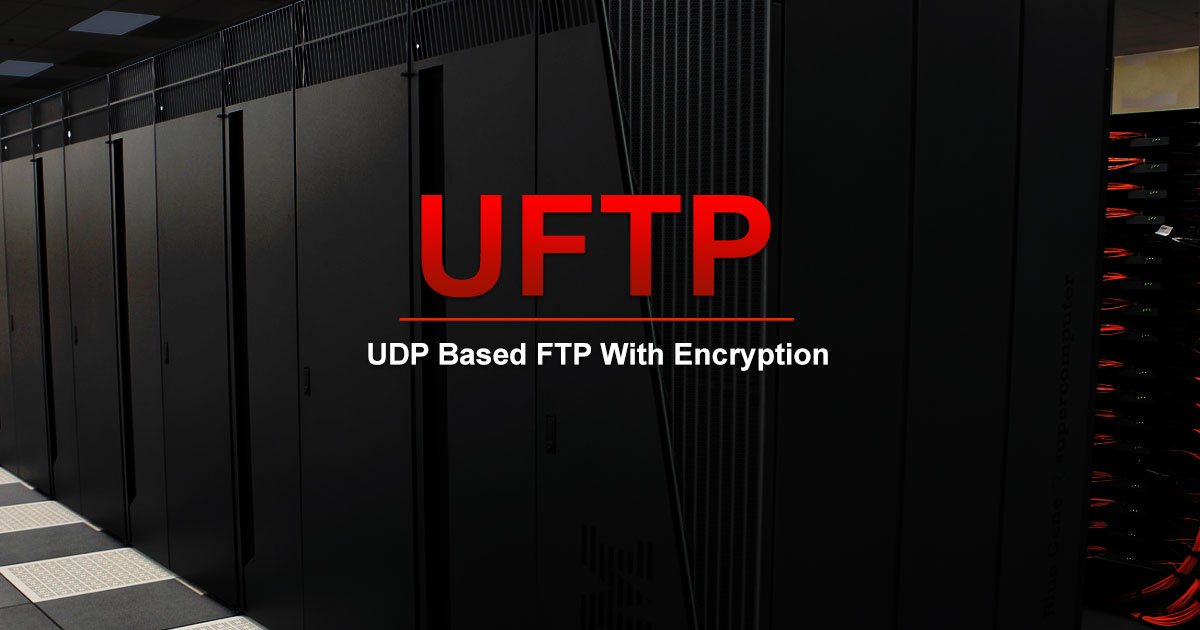
UFTP is an encrypted multicast file transfer program for secure, reliable & efficient transfer of files. It also helps in data distribution over a satellite link.
Read DetailsBreaking News
Breaking News Of Each Month »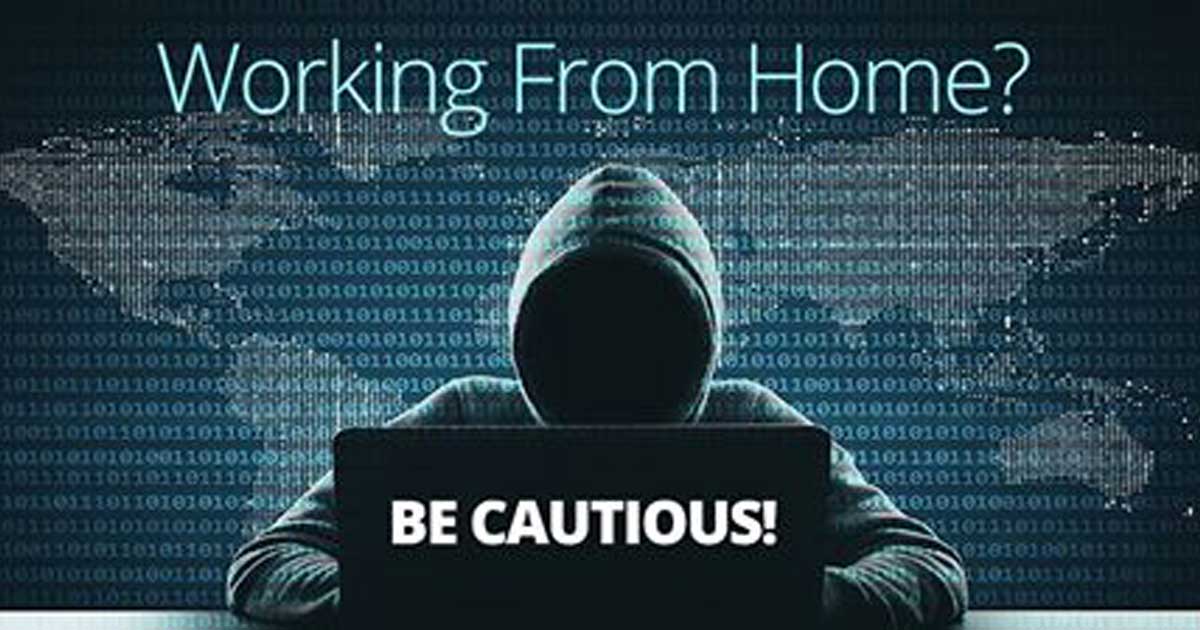
The recent pandemic was unexpected and unknown to most part of the world. It has changed our life and we are slowly adapting to our new lifestyle. The risks associated with the new lifestyle, both personal & corporate, are unknown to most of us.
Read Details








